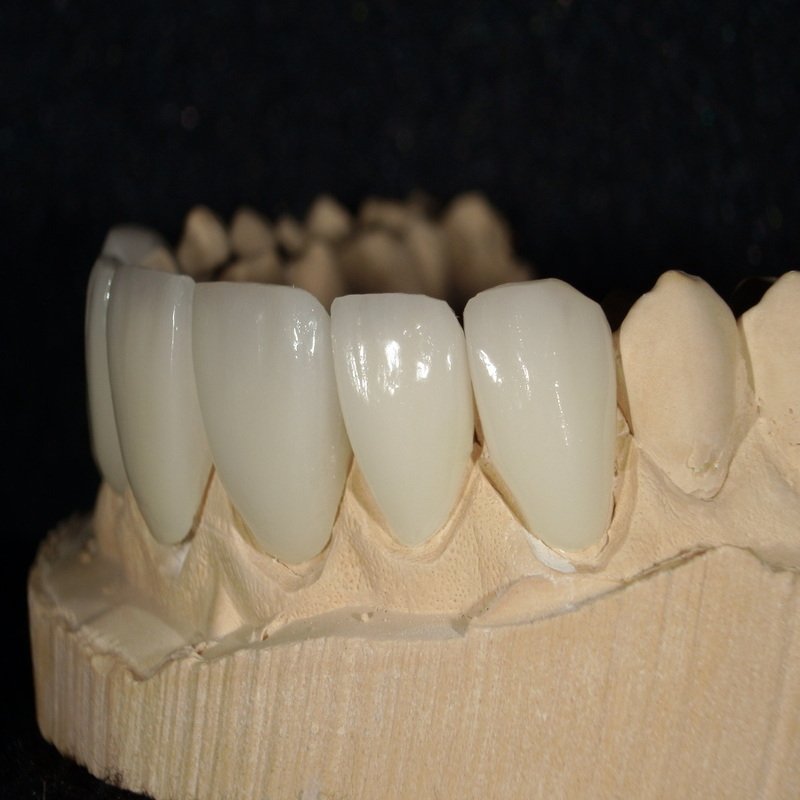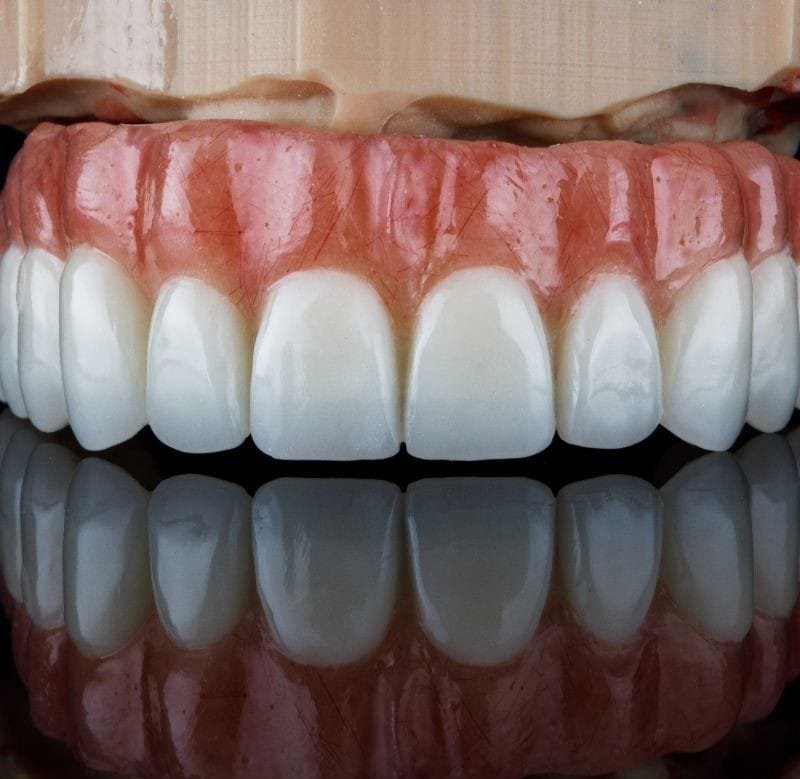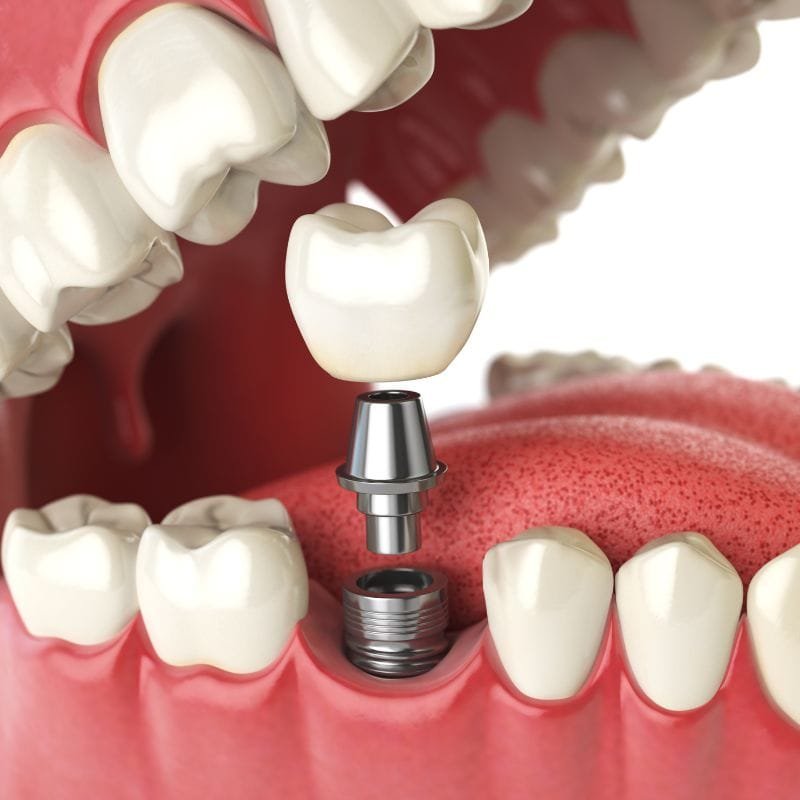Why You Should Stop Ignoring Cold Intolerance
If you’re drinking your morning tea or coffee and all you notice is discomfort in your teeth, I have some news for you. Let’s go ahead and check out why you get hot or cold intolerance and why you shouldn’t leave it for another time.
Sensitive teeth are usually the result of worn enamel or exposed tooth roots. However, they can also happen for other reasons, such as a cavity, a cracked or chipped tooth, a worn filling, or gum disease.
Here are a few things you can do to treat your sensitive teeth at home and professionally:
Toothpaste with desensitizing properties
Desensitizing toothpaste can occasionally help block pain associated with sensitive teeth after multiple applications. There is a wide range of over-the-counter products. Inquire with your dentist about which product might be best for you.
Fluoride
Your dentist may apply fluoride to the sensitive parts of your teeth to strengthen tooth enamel and reduce pain. They may also recommend using prescription fluoride at home, which is applied using a specialized tray.
Desensitization or bonding
Your dentist can address exposed root surfaces using bonding resin applied to the sensitive teeth. You may require a local anesthetic.
Gum graft surgery
If your tooth root has lost gum tissue, a small piece of gum tissue can be extracted from elsewhere in your mouth and connected to the damaged site. This can help protect exposed roots while also lowering sensitivity.
Root Canal
Your dentist may offer a root canal if your sensitive teeth are causing extreme pain and other treatments aren’t working. This is the last resource and is primarily an option when your case is too severe. A root canal is a treatment to address abnormalities in the dental pulp of your tooth. While this may appear too much or even painful, it can save you and your tooth from further pain.

What Causes Hot & Cold Intolerance on Your Teeth?
Temperature sensitivity can appear because of a variety of circumstances, including:
Gum recession: The root surface gets exposed as the gums recede from it due to periodontal disease.
Brushing too vigorously: Brushing excessively hard or with a firm-bristled toothbrush can wear down enamel over time, exposing the dentin. It can also lead to gum recession. Remember that your mouth is delicate and should be treated as such.
Gum disease: Because supporting ligaments do not exist, exposing the root surface and connecting directly to the tooth’s nerve, as well as inflamed and painful gum tissue, can cause sensitivity.
Teeth that are cracked: Plaque bacteria can penetrate the pulp of chipped or damaged teeth, causing discomfort.
Grinding your teeth: Teeth grinding or clenching can wear down the enamel and expose the dentin beneath. You have to be careful because this happens even when you’re sleeping.
Tooth whitening products, such as baking soda and peroxide toothpaste, are among the primary causes of dental sensitivity. Sometimes, people can go overboard with at-home whitening treatments without professional guidance.
Age: Between the ages of 25 and 30, tooth sensitivity peaks.
Plaque formation: Sensitivity can be caused by plaque on the root surfaces.
Use of mouthwash: If you have exposed dentin, certain over-the-counter mouthwashes include acids that might worsen your tooth sensitivity even faster. The acids eat away at the tooth’s dentin layer. If you have any dentin sensitivity, ask your dentist about using a neutral fluoride solution.
Acidic foods include: Eating lots of citrus fruits, tomatoes, pickles, and tea frequently puts you at risk of dealing with enamel erosion.
Fresh routine dental procedures: Sensitivity can develop after teeth cleaning, root planing, crown implantation, and tooth restoration. However, dental operations usually produce only transitory sensitivity, lasting 4 to 6 weeks.
Contact Us
Consult your dentist if you are still experiencing discomfort. Some dental procedures, such as the use of, may minimize sensitivity.
- CovI is coveringposed root surfaces with white fillings.
- Fluoride varnishes are applied to the exposed root surface.
- Dentin sealers protect the exposed root surface of the tooth.
Tooth sensitivity often indicates a more significant issue in your smile. The more you avoid it, the worse it’ll be in the future. Always keep your oral health on track with a dentist in Mexico at least twice a year. We have many years of experience and will make you feel at home and comfortable throughout your dental visit. Find out more about dental tourism here.


